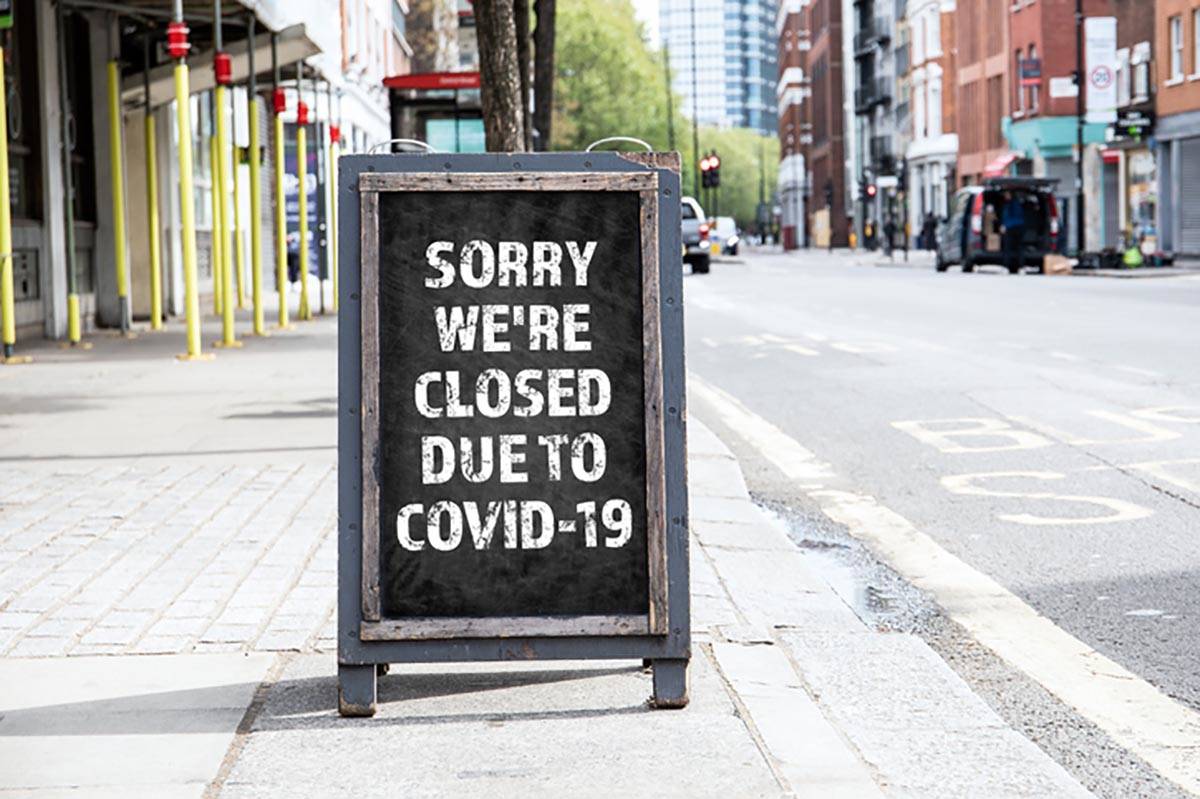EDITORIAL: Lockdowns are a public health hazard
There’s more to life than the coronavirus. That’s also true when it comes to public health.
Over the past eight months, political leaders have had the unenviable job of responding to the coronavirus pandemic. The novel virus has wreaked havoc in the United States and around the world. In Nevada, cases are surging. Gov. Steve Sisolak recently threatened to reimpose harsh economic restrictions on businesses and gatherings.
But the pandemic isn’t the only public health crisis the public has had to navigate. Lockdowns — the wholescale disruption of one’s social and possibly economic life — have their own cost. Eight months into this crisis, data is beginning to show the extent of the damage.
From the end of January to early October, the Centers for Disease Control and Prevention estimated there were 299,000 excess deaths. Around two-thirds, or 198,000, of the deaths were attributed to the coronavirus. For 25 to 44 year olds, however, 77 percent of excess deaths were not virus related, according to White House adviser Dr. Scott Atlas. Among African Americans, 46 percent of excess deaths weren’t coronavirus related. The number was 40 percent among Hispanics and 38 percent among whites.
This data suggests that, for some, lockdowns were more of a health hazard than the coronavirus. One likely factor is an increase in fatal drug overdoses. According to the Overdose Detection Mapping Application Program, suspected drug overdoses increased almost 17 percent from March to May.
There have also been significant mental health challenges. In June, the CDC found that a quarter of those surveyed ages 18 to 24 had “seriously considered suicide in the 30 days before completing the survey.” From April to October, mental health-related ER visits shot up by 31 percent for children age 12 to 17. Among children ages 5 to 11, visits are up 24 percent. That’s according to a recent CDC report, which listed the coronavirus and “abrupt disruptions to daily life associated with mitigation efforts” as potential causes.
A recent National Bureau of Economic Research working paper even found evidence that lockdowns are killing nursing home patients.
“Preventing COVID-19 cases and deaths may come at some cost, as high-quality (nursing) homes have substantially higher non-COVID deaths, a result consistent with high excess non-COVID mortality among the elderly since March,” Christopher Cronin and William Evans, both economic professors at Notre Dame, write.
The authors suggest more in-person visits for low-risk nursing homes.
The coronavirus poses a unique and daunting challenge. But it’s far from the only factor affecting public health. Politicians and health officials should tailor their responses accordingly.

















